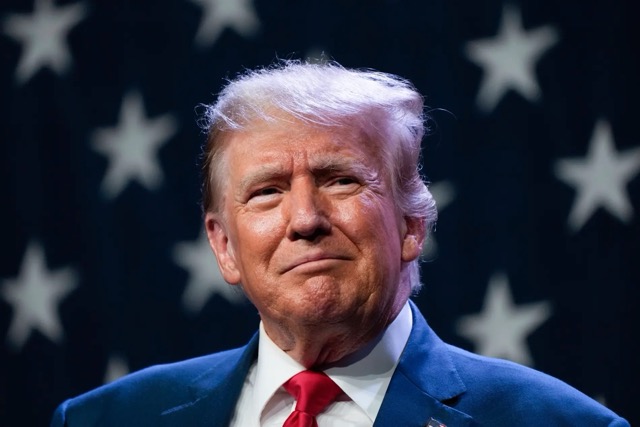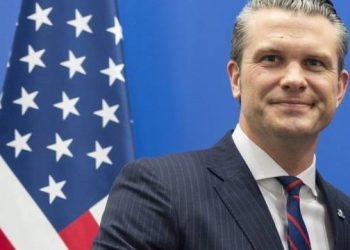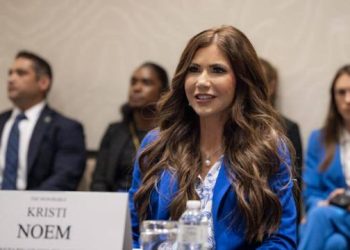Days before his January 20 inauguration, President-elect Donald Trump announced on Truth Social that his administration had already hired more than 1,000 people for roles in the U.S. government. Alongside this announcement, he shared his preferences for avoiding candidates connected to what he termed “Trump Derangement Syndrome.”
Trump specifically named individuals such as former National Security Adviser John Bolton, former U.N. Ambassador Nikki Haley, former Vice President Mike Pence, and others as examples of those whose endorsements or affiliations would disqualify candidates.
“As of today, the incoming Trump Administration has hired over 1,000 people for The United States Government. They are outstanding in every way, and you will see the fruits of their labor over the coming years. We will MAKE AMERICA GREAT AGAIN, and it will happen very quickly!” Trump stated.
He added:
“In order to save time, money, and effort, it would be helpful if you would not send, or recommend to us, people who worked with, or are endorsed by, Americans for No Prosperity (headed by Charles Koch), ‘Dumb as a Rock’ John Bolton, ‘Birdbrain’ Nikki Haley, Mike Pence, disloyal Warmongers Dick Cheney, and his Psycho daughter, Liz, Mitt Romney, Paul Ryan, General(?) Mark Milley, James Mattis, Mark Yesper, or any of the other people suffering from Trump Derangement Syndrome, more commonly known as TDS. Thank you for your attention to this matter!”
Trump’s remarks highlighted ongoing tensions within the Republican Party, particularly with figures like Pence and Haley, who sought the GOP presidential nomination but later exited the race. While Haley endorsed Trump, Pence refrained.
Former U.S. Rep. Liz Cheney, who has been one of Trump’s most vocal critics, campaigned for Democratic presidential nominee Kamala Harris in 2024. Similarly, Paul Ryan and Mitt Romney have been consistent Trump detractors.
Bolton, a longtime critic, stated last year on BBC’s “HARDtalk” that he viewed none of the candidates as fit for office and would abstain from voting.
This development underscores Trump’s intent to shape his administration with those fully aligned with his vision while sidelining individuals tied to dissenting figures within or outside the party.
 Telegram is where we really talk. Don't miss out!
Telegram is where we really talk. Don't miss out!









